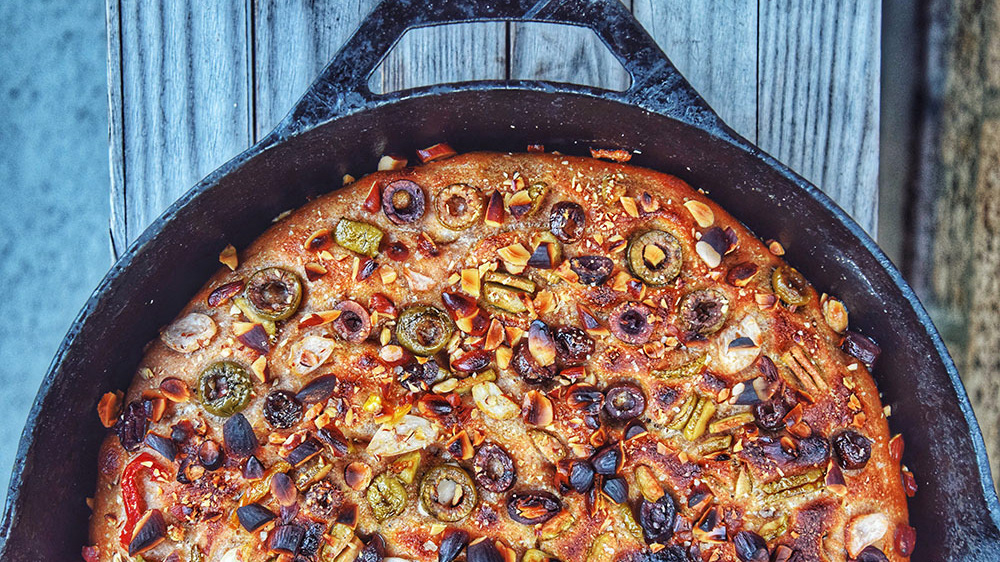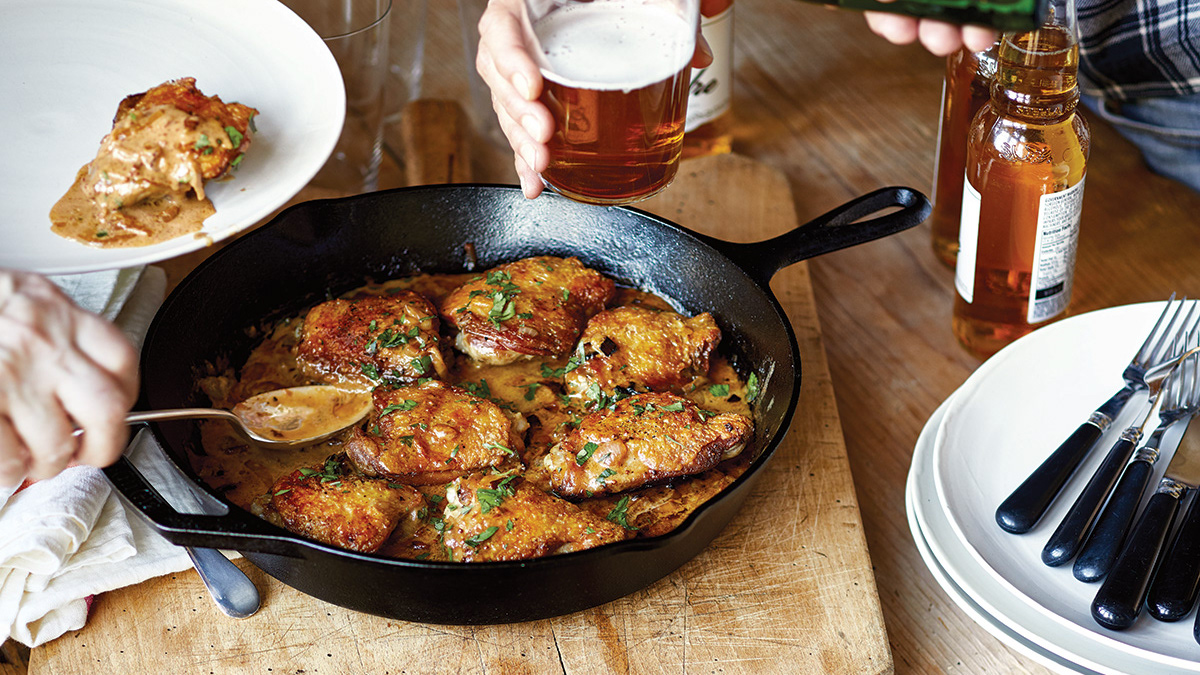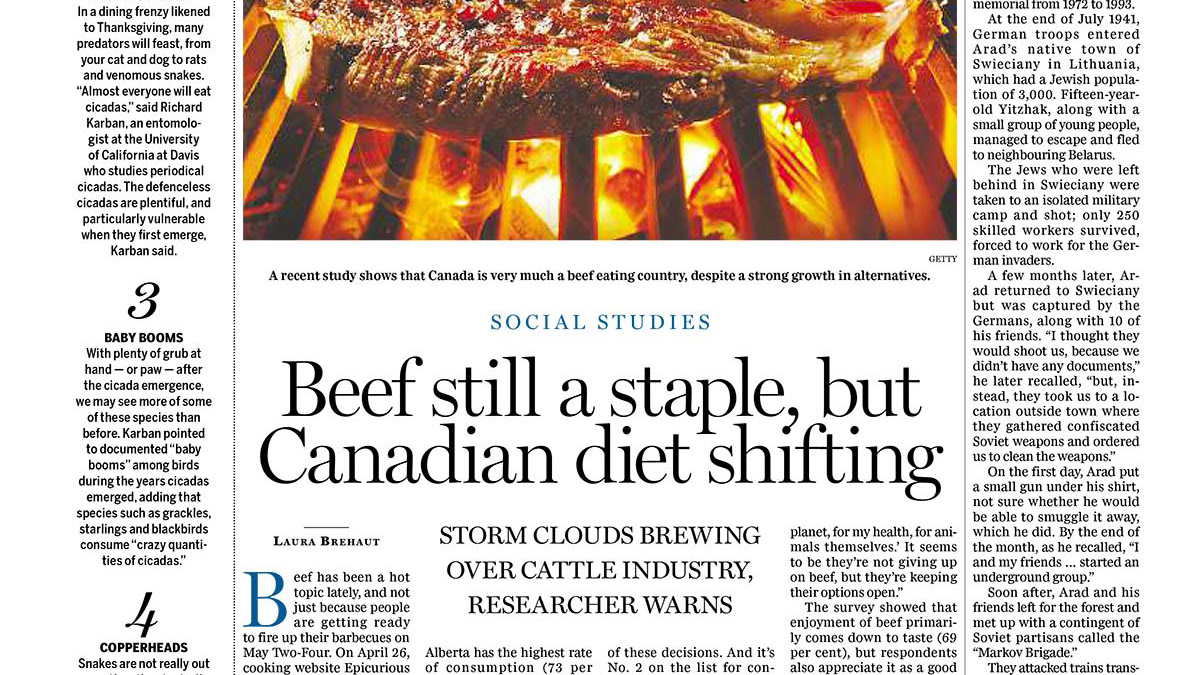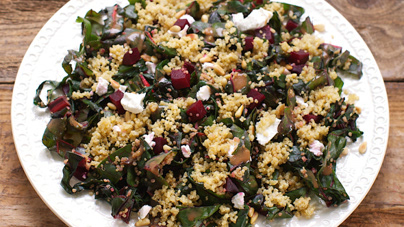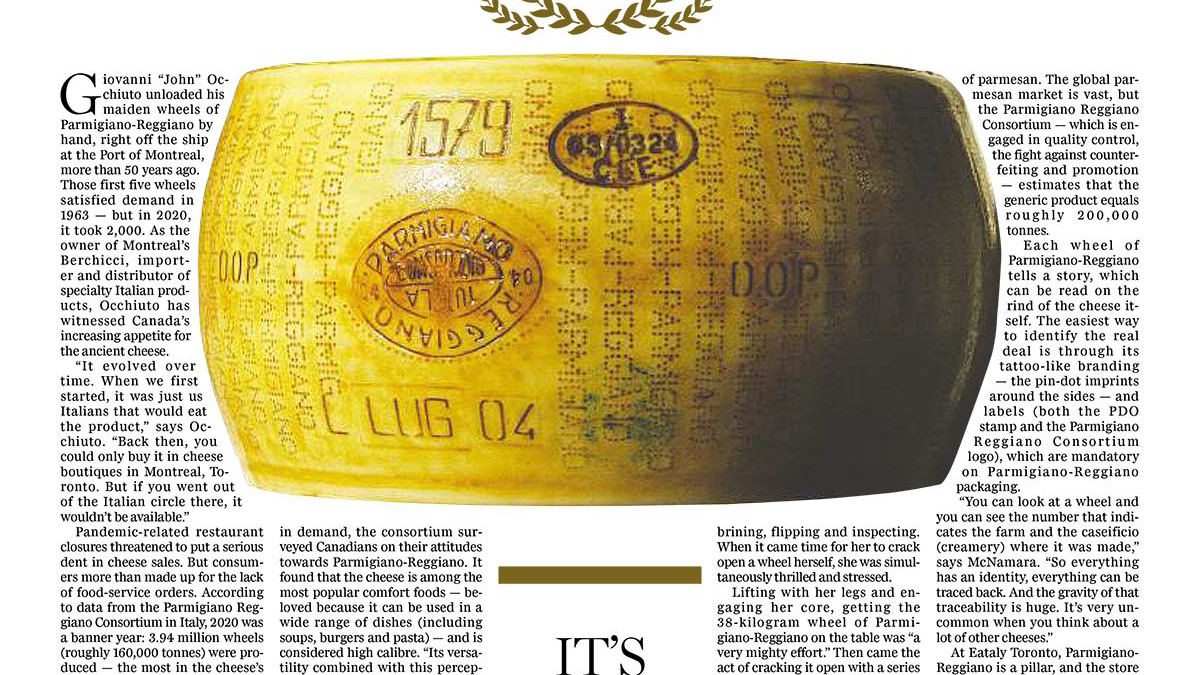PHOTO: Christopher Lewis/For Postmedia News
Laura Brehaut/Postmedia News
Originally published on February 13, 2013; canada.com
Originally published on February 13, 2013; canada.com
For a crowd of 1,800 Lidia’s Italy fans, sizzling Asiago cheese and smoky sautéed bacon provide the aromatic experience missing from television. In Telelatino Network performances in Toronto and Montreal, Italian chef, TV personality, author and restaurateur Lidia Bastianich shared stories and demonstrated recipes for her Canadian fans. Italian dishes such as Frico (cheese crisp) with Potato, Onion and Sausage Filling, Bucatini with Pancetta, Tomato and Onion, Skillet Gratinate of Mushrooms and Chicken, and Zuppa Inglese (recipe below) were on the menu.
Bastianich shared stories about her family – particularly her mother, known affectionately as “Grandma Erminia” – and their trip from Bastianich’s birthplace of Pula, Croatia (then Italy) to a political refugee camp in Trieste, Italy, and finally to New York City, where the family landed in 1958. It is Pula that Bastianich’s “reference library of flavours” comes from. She recalls her grandmother’s courtyard, with its resident ducks, geese, rabbits, goats and pigs. In September the family made wine, in November olive oil. “I grew up in a pleasant setting of really being connected to those primal flavours of food products,” Bastianich says in an interview. She describes her grandmother digging potatoes that were still warm from the sun, which they would then fry in homemade olive oil.
When Bastianich arrived in New York City, she was 12-years-old. Her mother, a teacher in Italy, started working as a seamstress, and it was Bastianich’s job to get dinner ready for the family. “My mother would leave notes ‘soak the beans, add the potatoes, put it on, cook it for half an hour, add this to it,’ and I’d cook for the family,” she says. “And it came out good!” At 14, Bastianich started her first job, as a salesgirl at a German bakery in Queens (owned by actor Christopher Walken’s father). She recalls even then stepping back into the kitchen if a customer came in wanting a birthday cake.
Throughout her college years, Bastianich found herself gravitating towards food as a waitress while she pursued studies in the sciences. Her official entrée into restaurant kitchens occurred at Buonavia in Queens, the first restaurant that she and her former husband Felix opened. “For 10 years I was the sous chef and I learned how to run restaurant kitchens,” Bastianich says. “In the summer we would go back to Italy and I would visit chefs and work with them. So I went back and sort of evolved myself as a chef.” In 1981, the couple opened Felidia in Manhattan with Bastianich as chef. “I loved it – I had a great time. People loved it,” she says. “Whereas in the first restaurant we had Italian-American cuisine, and the chef was Italian-American, in Felidia I cooked the food that we ate at home. I cooked the regional food of Italy because that’s the reality of Italy.”
Felidia garnered critical acclaim and the attention of two legendary food personalities in particular. “I remember Julia Child came in with James Beard, both towering,” Bastianich says. “They loved it. [Child] continued to always come back and asked me if I would do a show with her.” She went on to appear on Child’s Cooking with Master Chefs series twice, and the Public Broadcasting Service (PBS) then approached her to do her own show.
“I remember I said, ‘OK. I want to be on public television because I think it should be educational,’” Bastianich says. “I think a show should communicate something. It’s not all about what I can do; it’s how can I impart some of this knowledge to the people who are viewing.” It was also important that the show be filmed in her kitchen – not a studio. “I was afraid of cooking in the studio. In my kitchen at least I knew my stove,” she says with a laugh. “And the shows are still taped in my kitchen.”
Bastianich counts Child as a mentor and credits the learning experience for her accessible approach. “[Julia Child] did the French thing but it was not about how great she could do it. It was about how she could communicate,” she says. Bastianich exhibits this in her live performance, offering cooking tips and food facts in an effortless manner. A question about choosing the right cheese for frico quickly turns into an informative explanation of cheese-making. Her depth of knowledge is easily expressed in a few concise sentences about what colour olives are when harvested for olive oil and why. She emphasizes the importance of taking control and using all five senses when cooking. While making Skillet Gratinate of Mushrooms and Chicken she instructs the audience: “Listen. You’ll hear it when your food is sticking to the pan.”
Bastianich’s main goal when it comes to her audience is to get them cooking, and enjoying it, through a combination of technique, emotion, family and history. “I think that my capability as a chef allows me to simplify things and present them in a very doable fashion and almost empower the viewer,” she says. “And with that, I bring in a context of my home, my family, which is reality and people really connect to that.”
As her many accolades attest, Bastianich and her recipes have wide-spread appeal. She points out that she hears from fans of various ethnicities, including but not limited to Italian. “It just makes me feel so good that some place in the middle of somewhere, whether it’s Canada or the United States, families cook my food. My flavours permeate their homes and I’m invited in,” she says. “I might not be there physically but my flavours are and they’re connecting.”

